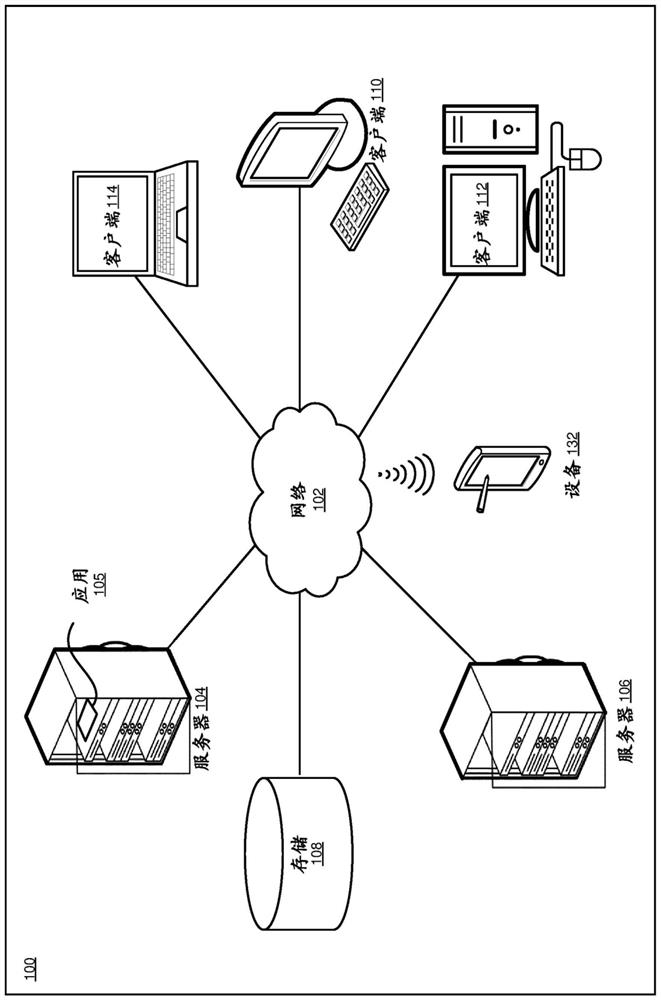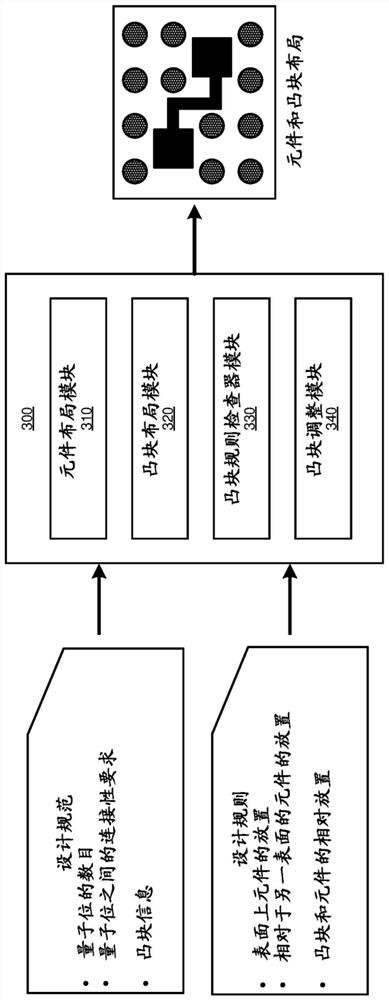Bump connection placement in quantum devices in a flip chip configuration
A flip-chip and bump technology applied in the field of component placement, which can solve the problems of additional complexity and increased execution time of quantum algorithms
- Summary
- Abstract
- Description
- Claims
- Application Information
AI Technical Summary
Problems solved by technology
Method used
Image
Examples
Embodiment Construction
[0029] An internal qubit is a qubit that is not located on the periphery of the qubit configuration in the quantum device; in other words, the qubit is located at a physical location other than the periphery of the qubit configuration in the quantum device. The illustrative embodiments recognize that one solution for accessing internal qubits is to configure the quantum device in a flip-chip configuration. A flip-chip configuration, or simply flip-chip, uses bumps already deposited on one or both surfaces to interconnect one surface of a device or chip with the other surface of a second chip so that the two surfaces are parallel to each other, And the bumps on one surface connect to corresponding bumps or surface locations on the second surface. A bump is a conductive structure formed three-dimensionally on a two-dimensional surface using at least a conductive material and in some cases a superconductive material. One attribute of bumps as contemplated herein is that the bump...
PUM
 Login to View More
Login to View More Abstract
Description
Claims
Application Information
 Login to View More
Login to View More - R&D
- Intellectual Property
- Life Sciences
- Materials
- Tech Scout
- Unparalleled Data Quality
- Higher Quality Content
- 60% Fewer Hallucinations
Browse by: Latest US Patents, China's latest patents, Technical Efficacy Thesaurus, Application Domain, Technology Topic, Popular Technical Reports.
© 2025 PatSnap. All rights reserved.Legal|Privacy policy|Modern Slavery Act Transparency Statement|Sitemap|About US| Contact US: help@patsnap.com



